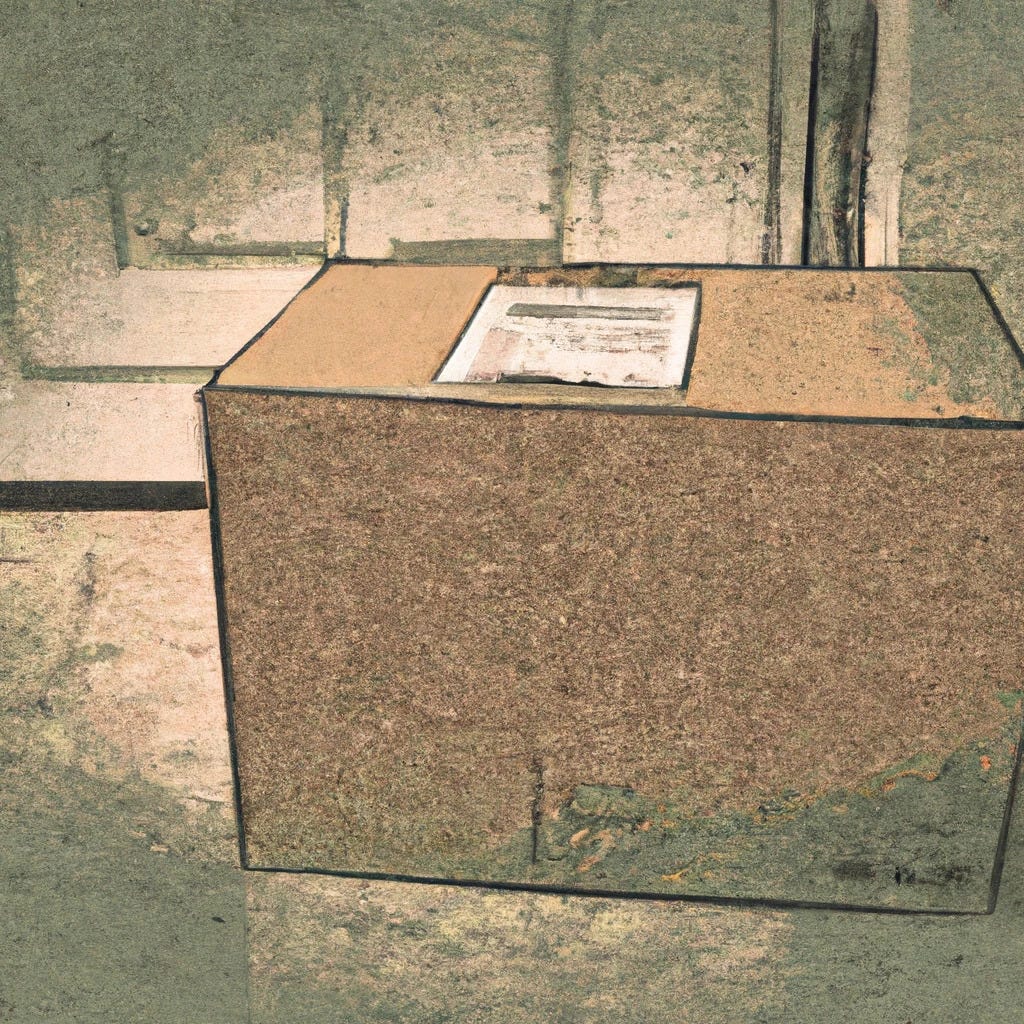Life of a Package
How a tree becomes a box, how a box becomes a package, and how the package arrives at your door
As the founder of a technology platform called PackageX that helps companies deliver packages more efficiently, it seemed appropriate to explore the life of a package. And with millions of packages delivered each day — 24 million from UPS alone — I think it’s important for everyone to understand where exactly these packages come from, including myself.
When investigating this topic, I was most surprised to learn about the Swedish roots of packages. Two newsletters ago, I wrote about the term logistics and how it was coined by a Swedish military strategist for organizing and moving troops in the 1800s. Well, in the same century, Sweden was the first country to manufacture the material that’s used to create cardboard packages, the troops of modern business logistics.
Today, I’ll show you where the material that’s used in cardboard packages comes from, as well as what happens to the package before and after it reaches us, the customers.
Trees
Trees used to create packaging material are often pine trees grown on land owned by packaging companies. They are cut down, turned into wood chips, and replaced with new seedlings. These replanting efforts support the rising number of trees in the world, estimated at three trillion trees.
Recycling efficiency impacts this rise as well. Twice as much paper is recycled today compared to 1990, with corrugated paper used for packages achieving a 92% recycle rate, the highest of all paper products. When I read this, it made me proud to support this circular economy with our logistics platform.
Kraft
Recycled paper is turned into a substance similar to the wood pulp that’s made from new trees. The process that turns wood chips into “wood pulp” with water and chemicals is called kraft. This word means “strong” in German, the mother tongue of the Prussian man who invented the process that Sweden used years later.
Today, kraft is pressed and dried to create kraft paper, the material received in large rolls by facilities that corrugate it, glue it, and turn it into a box.
Boxes
The brown boxes used for shipping packages are called corrugated paper because the middle layer between the outer and inner surfaces of the box is corrugated, or contracted into folds. This squiggly board is called “medium” and passes through gear-like rolls under high heat and pressure to form the flutes that make a package strong. Corn starch-based adhesive is applied to flute tips and the flat surfaces of the box are applied.
Here is the best video I watched about how kraft is turned into boxes. The most surprising part to me is how few employees are part of the operation. Aside from people removing and replacing imperfect boxes from shipment stacks, everything is automated.
Packages
On the other hand, millions of employees are needed to fill boxes with products and get them to your door. Even though robots are used to move products around warehouses, logistics is still largely about people getting things to people. Consider the 940 UPS flights each day, the 210,000 FedEx vehicles on the road, and million-plus Amazon employees.
A box becomes a package when it’s filled with a product. However, sometimes the package doesn’t go directly to your door. In the case of Amazon — a company that eats up 5% of the US box market — your order is most likely packaged at a fulfillment center further away from your home and sent to a sortation center closer to your home.
At the risk of getting too nerdy, these centers are part of something called middle-mile logistics while Amazon delivery trucks are part of last-mile logistics. The first-mile is everything that comes before these miles, such as raw material manufacturers getting supplies to product manufacturers (who then get products to Amazon fulfillment centers).
First mile. Middle mile. Last mile. Recite these at a family gathering to a relative who deals in supply chain or logistics and you’ll leave them stunned.
Technology
Technology plays a vital role in getting packages to your doorstep and supporting a good customer experience. One important piece of technology is the software that gives your packages a unique barcode and shipping label.
The barcode is used for tracking packages across continents, countries, states, and cities — all the way to your doorstep. It streamlines inventory management for companies which makes returns easy for you.
The shipping label is created based on the best carrier for your product and location. This saves you and the company you order from on shipping costs. It also decreases the amount of “hops” needed to get the package to your door. For example, if you order a product that’s held at a local store, a package and label could be created for DoorDash instead of FedEx Ground.
By now you should have a better understanding of where all those packages come from, but this is just a high level of a detailed process. Let me know in the comments what else you’re interested in!



